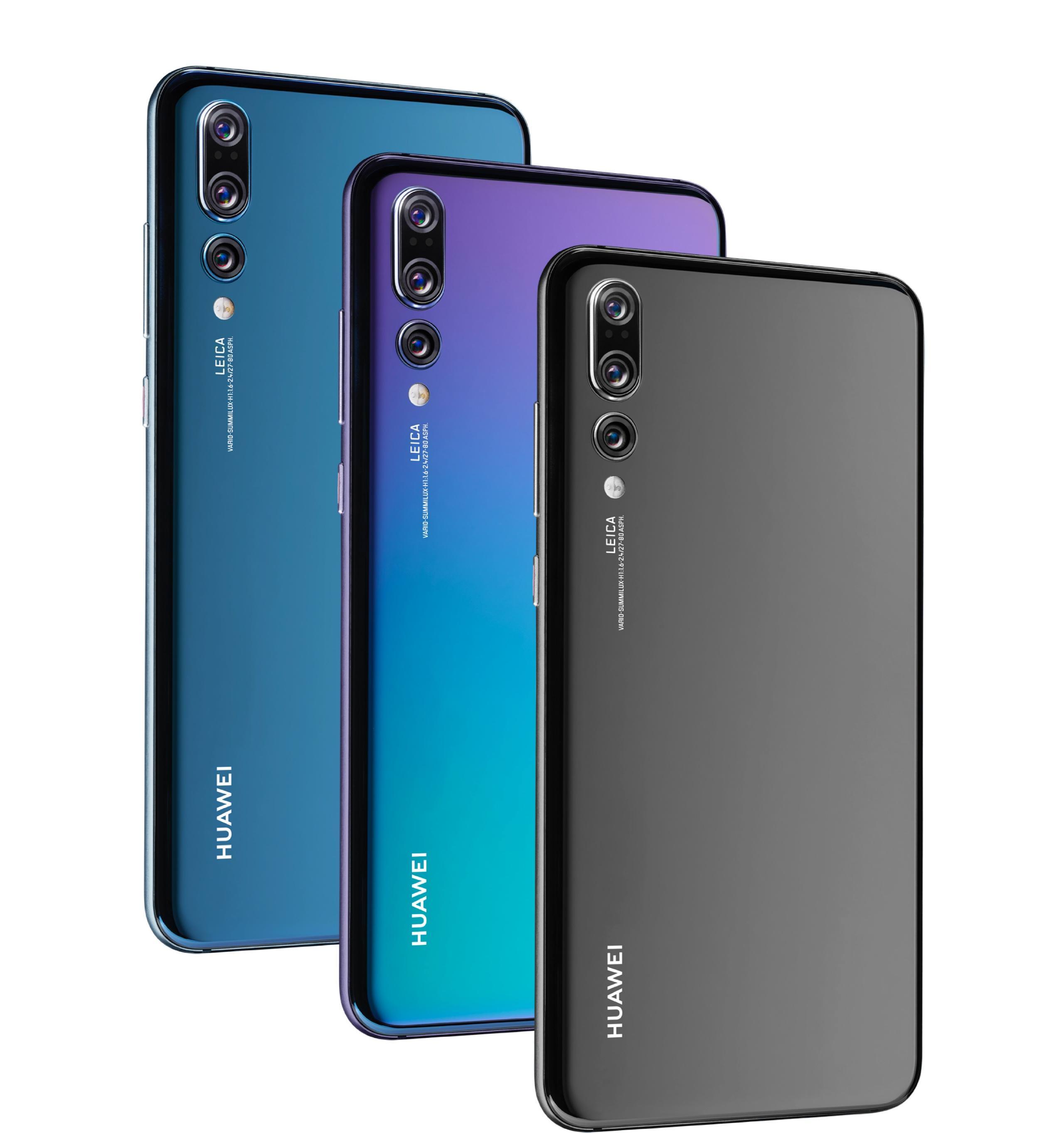Huawei have come a long way in this region since they were best known as suppliers of network-branded budget phones and 4G broadband modems. The Chinese manufacturer has had a string of hits in the last four years with impressive entries in every price-bracket. Huawei P20 Pro is their latest premium phablet to hit the market and it continues that winning streak, save for some peculiar design choices.
Our black review model is visually intriguing when left face-up on a desk; it catches the eye often
Different Enough to Look At
While there are obvious design cues to be seen throughout Huawei P20 Pro, it cuts a unique enough figure to avoid being derivative. The all-glass front and rear with minimal branding is a cool and understated look that the device wears well. Our black review model is visually intriguing when left face-up on a desk; it catches the eye often.
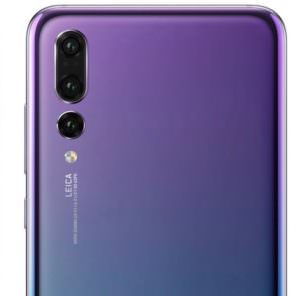
The triple-lensed camera arrangement, dual-LED flash and solitary logos are in a row along the left-rear of the P20 Pro, it’s a nice detail to break up the blackness of the device.
The impressive 82% screen-to-body ratio helps the phone present an ultra-modern look when in use. At 7.8mm thick the device is fashionably slim as well as pocket-friendly.
Black and Pink Gold options are the safe options. Midnight Blue and Twilight are more adventurous choices with an iridescent finish on each. Twilight even fades from indigo to a light teal depending on the angle.
The IPS Neo panel seen on P8, 9, 10 and a few premium Honor handsets were sharper at the same resolution due to the inherent sub-pixel arrangement of AMOLED technology
Screen Trade-Offs
The 6.1″ 1080×2240 AMOLED screen is impressive in several areas. It’s incredibly bright, very saturated (if you are into that) and boasts amazing contrast. This writer prefers a more natural, muted colour scheme and the display is well capable of this with some tinkering.
Huawei were known for their own line of IPS panels, known as IPS Neo. This technology kept the best features of IPS LCD displays and augmented their colour and contrast. The IPS Neo panel seen on P8, 9, 10 and a few premium Honor handsets were sharper at the same resolution due to the inherent sub-pixel arrangement of AMOLED technology. While IPS Neo could never match the saturation or deep blacks of an OLED, I feel that the move may not be as big an upgrade as people think.
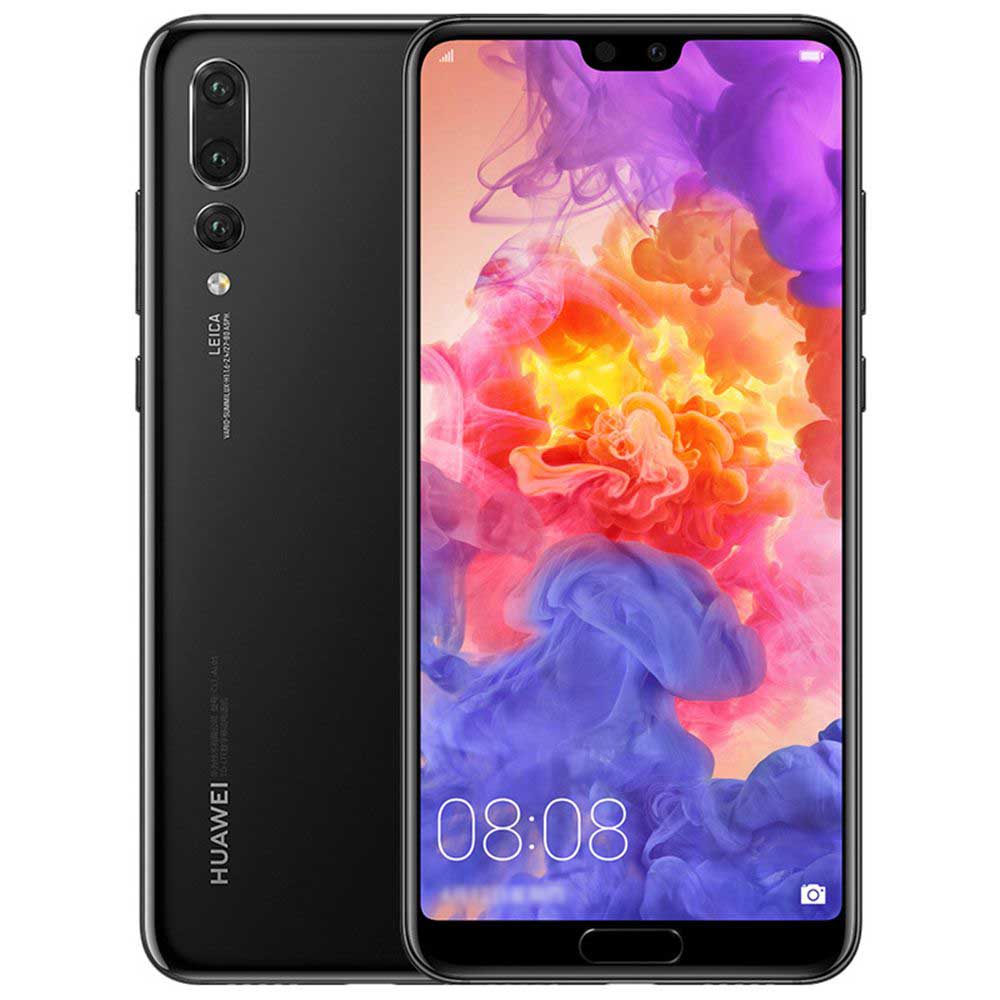
The notch adds nothing to the device except a some very visible dead space. Like Apple’s iPhone X, there is great potential for interesting uses of the space but app-makers have yet to explore it. As it stands, it will only ever be used to keep battery and notification badges from eating better screen real-estate. Many users will just blacken the spaces either side of the notch.
There is a post-manufacture scratch-protector applied to the screen of the P20 Pro and it’s quite visible. The film gathers a thin line of dust around it and will most likely start to peel eventually. At the same time, it does represent one piece of insurance in the case of a cracked screen.
The use of the Neural Network Processing Unit (NNPU) is subtle as it was in the Honor View 10
More than Adequate Premium Performance
For everyday tasks and harder workloads, Huawei P20 Pro will not break a sweat. Split-screen, task-switching and the most demanding of A/V apps are well within range of the Kirin 970 with 6GB RAM. When handling the large files that premium phones tend to capture, it’s smooth and lag-free.
The use of the Neural Network Processing Unit is subtle as it was in the Honor View 10. Mainly used for battery conservation, photo/video improvements and chassis-sound enhancement, it proves itself more useful over time. Users won’t immediately be blown away by it outside of the auto-camera trickery.
Gaming on P20 Pro is good for its price but its not quite in the same league as admittedly more expensive Samsung Galaxy S9+. High-end gaming will be the only place this difference will become apparent but the extra frames at max. graphical settings will be important for some folk.
A 4,000 mAh battery is competitive in its class but doesn’t match the very best for absolute stamina. An above-average user, like myself, won’t ever make it to bed on day two. Power-users can expect to make it till the evening but no more. I expected more from the beefy battery and NNPU-powered juice-saver and was just a little let down.
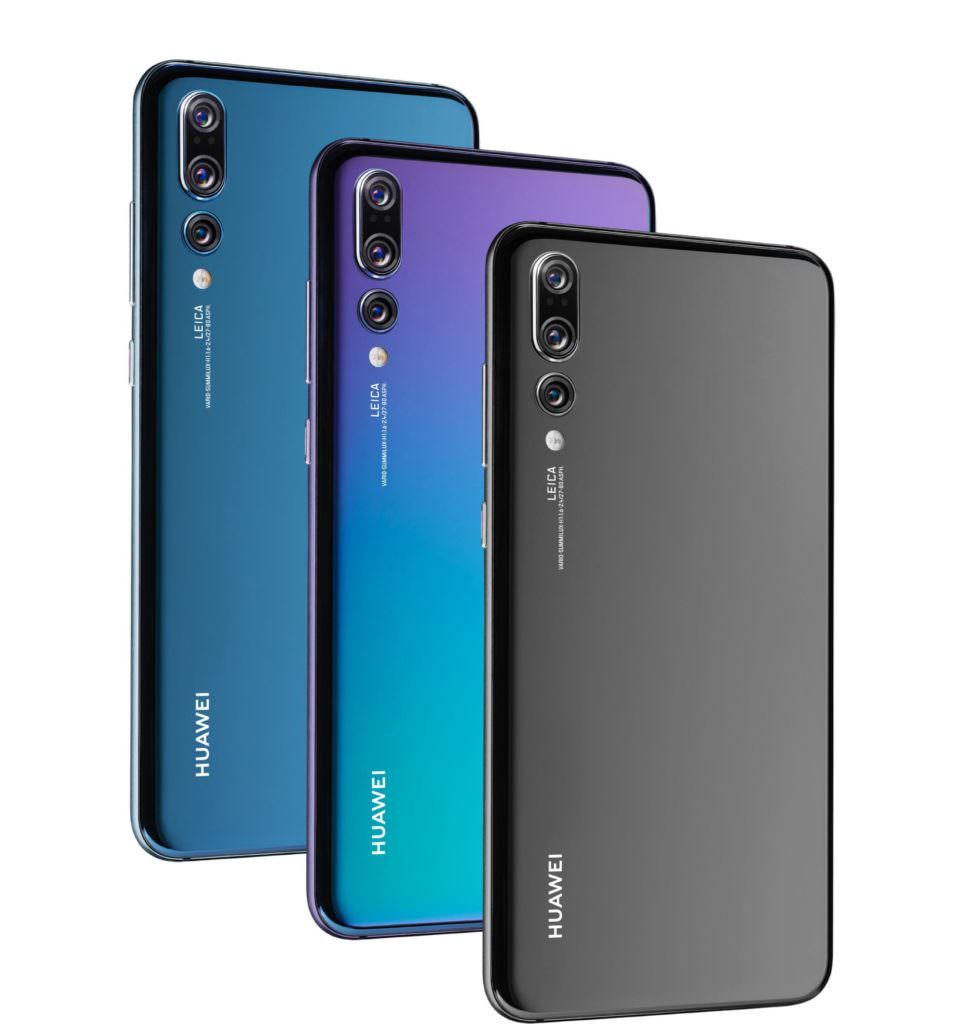
I was less let down by the lack of wireless charging. Wireless charging is indeed a convenient way to charge one’s phone but it’s not as convenient as 0-50% in 30 minutes as most Android devices with fast-chargers will easily do out of the box. Huawei’s charger is in this category and it will also fill the P20 Pro‘s battery in 90 minutes.
The three lenses do very different jobs but combine to deliver a rich feature set and some eye-pleasing image enhancements
Skynet’s Own Camera
The AI capabilities of the Huawei/Honor premium line’s camera have been spoken about on EliteGamer.com before in our review of the incredible-value Honor View 10. The camera learns to identify objects, scenes, lighting arrangements and locations, then it learns the optimal settings for each. The combination of AI, quality lenses and sensors do an amazing job in most lights but it’s most impressive in low-light or challenging contrast conditions. Shots that would usually take a little while to setup in Pro mode are taken with ease in ‘Auto’.
The three lenses do very different jobs but combine to deliver a rich feature set and some eye-pleasing image enhancements. These are undoubtedly helped by the NNPU’s ability to juggle the many settings the P20 Pro‘s camera offers. The handset snaps consistently excellent photos without need for user input.
The 40MP ‘main’ lens is used for most snaps and a few trick shots like 5x ‘hybrid zoom’. The 20MP monochrome lens helps with noise reduction and low-light detail. It also continues the Huawei tradition of DSLR-esque B&W shots.
The third lens is a 3x 8MP snapper that is used for optical zoom or the aforementioned hybrid zoom. Hybrid zoom offers relatively-noiseless 5x digital zoom that does a decent job of covering for lost detail.
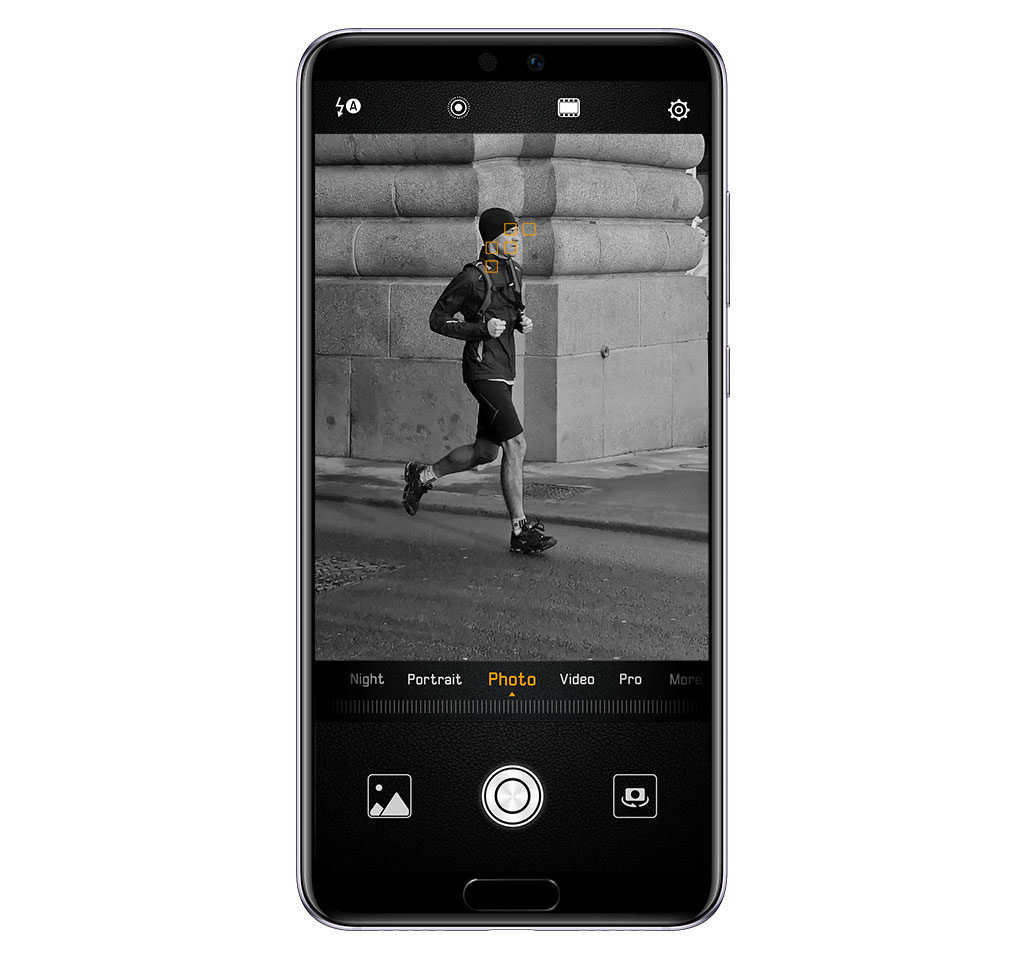
A capable OIS system does a superb job of keeping the images steady or cleaning up smeared-snaps. The system is most useful in conjunction with the 3x optical zoom; a feature that can be undermined easily by unsteady hands in the absence of adequate image stabilisation.
the EIS video is noticeably smoother in framing than unequipped rivals
Videogenic
The video capture also benefits from the superb camera specs and features. To go along with 4K30 and 1080p60 captures, Huawei P20 Pro boasts electronically-stabilised 1080p30 capture and 720p960.
The EIS-buffered 1080p30 capture is definitely a contextual benefit. Action shots, quick free-hand panning and a host of other video-styles were previously ruined by a lack of tripod. With the P20 Pro and the presence of mind to enter the appropriate mode when necessary, the EIS video is noticeably smoother in framing than unequipped rivals.
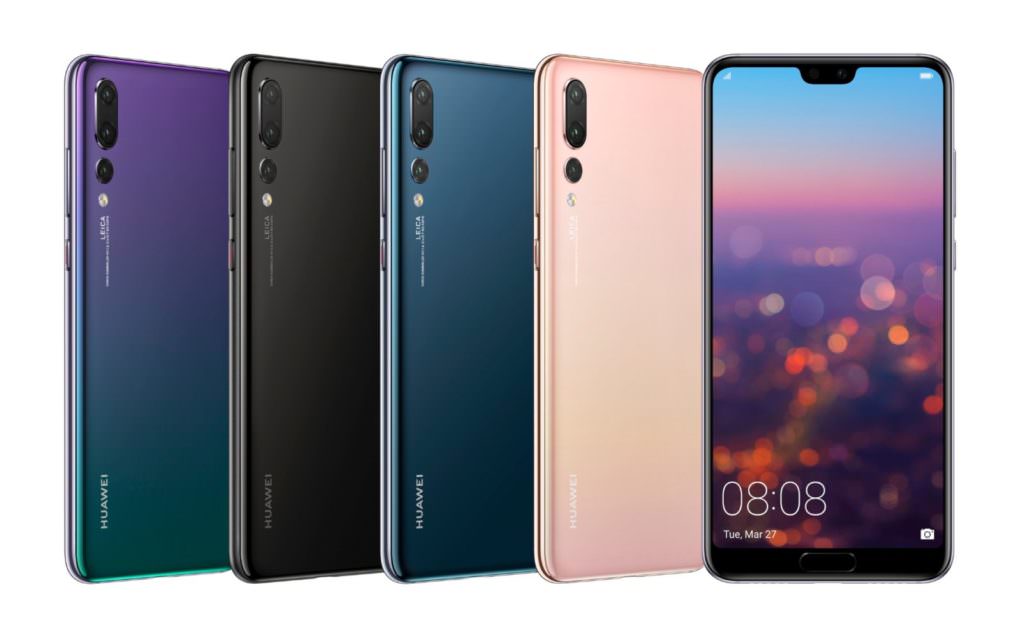
960 frame per second capture matches the best in class at this time. Even at 720p, it’s sharp. The videos are also bright and colourful; giving them a visual punch that some other phones’ trick captures lack.
The rich suite of expert Photo options will be almost unnecessary for most users with P20 Pro’s impressive AI
A Handful of Glass
Given the right shape or texture, glass handsets can be easier to hold than one would imagine. Huawei P20 Pro is easy enough to grip or pull from a bag or pocket. However, it isn’t as easy to use in one hand as some of its similarly-sized contemporaries. Huawei’s Emotion UI does have a one-handed mode and it will help with reachability for those with smaller hands. But the real issue is that the rear cover is a little slippy and it tends to creep down my palm.
Without a case included, potential buyers will probably need to pick up a case on purchase for peace of mind
Borrowing Criticism from Apple
The reassuring presence of a microSD slot is something that Android fans have taken for granted for years now. No being forced to upgrade to a better cloud package or a newer device when you run out of storage space. Just find a microSD card and fill that up too.
The lack of microSD slot here is baffling. Going by the SIM cradle, there is almost certainly room for one. Its absence does sting a little less on the P20 Pro with its 128GB of on-board storage but many people will miss the safety of the slot.
Removing the headphone socket is beyond perplexing. No handset is ‘too thin’ yet to omit one. Huawei don’t have a vested interest in selling compatible headsets or adaptors. Nor does the USB-C offer any benefits like active noise-cancellation (á la HTC U11). There is a single USB-C-to-3.5mm adaptor included but it doesn’t have a passthrough for power so you’ll need to choose between charging and headphones.
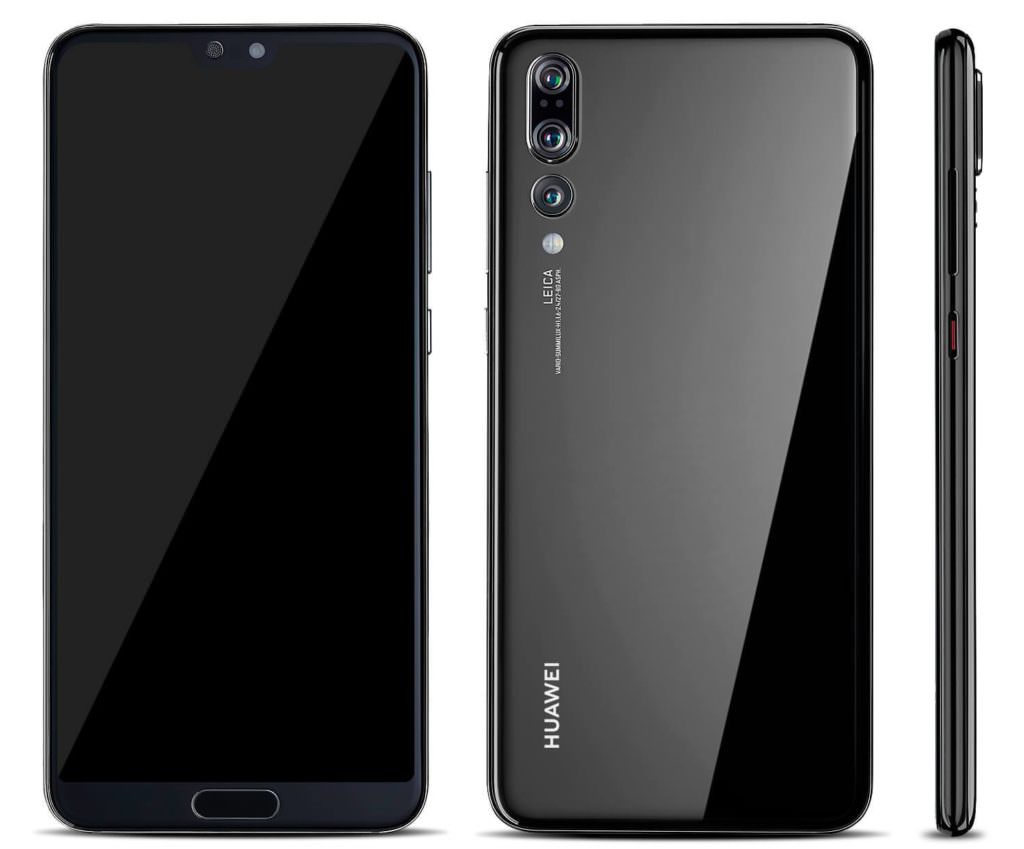
The handset is well-built and feels solid in the hand but the raised glass of the screen and rear are begging to crack with a small drop. Without a case included, potential buyers will probably need to pick one up for peace of mind.
- Chipset: HiSilicon Kirin 970; Octa-core CPU (4×2.4 GHz Cortex-A73 & 4×1.8 GHz Cortex-A53) and Mali-G72 MP12
- Memory: 128GB Storage, 6GB RAM
- Display: 6.1″ AMOLED, 1080×2240, post-production scratch/grease resistant coating
- Rear Camera: 40MP RGB (f/1.8) + 20 MP Monochrome sensor (f/1.6) + 3x optically-zoomed 8MP; all with OIS, HDR and laser & phase detection AF
- Front Camera: 24 MP, f/2.0, 1080p30 video capture
- Video Capture: 4K@30 fps, 1080p60, 1080p30 w/EIS, 720p960
- OS Version: Emotion 8.1.0 (based on Android 8.1.0 Oreo)
- Connectivity: LTE (400Mbps download), USB-C, Wi-Fi a/b/g/n/ac 5GHz, A-GPS, GLONASS, GALILEO, NFC, Bluetooth 4.2 AptX HD
- Battery: 4,000 mAh
- Dimensions: 155 x 73.9 x 7.8 mm
- Colours Available: Black, Midnight Blue, Pink Gold, Twilight
All-Rounder with a Stand-Out Camera
P20 Pro is a beautiful device with a build quality to match. While it does seem fragile, it sports an IP67 rating for the inevitable splashes and dunks.
The display is good on balance but it misses out on some of IPS Neo’s strengths. The screen isn’t as sharp or natural in colour as the older line. The brightness and saturation we get in return seem scant reward.
While the niggles that come with the P20 Pro are worth considering, they shouldn’t be dealbreakers. The device probably has the best casual stills capture on the market. The rich suite of expert options will almost be unnecessary for most users thanks to its impressive AI. The three-camera arrangement proves itself to be more than a gimmick in a lens-race with crisp 3x zoom, unmatched monochrome shots and the, imperfect but nonetheless useful, hybrid zoom.
